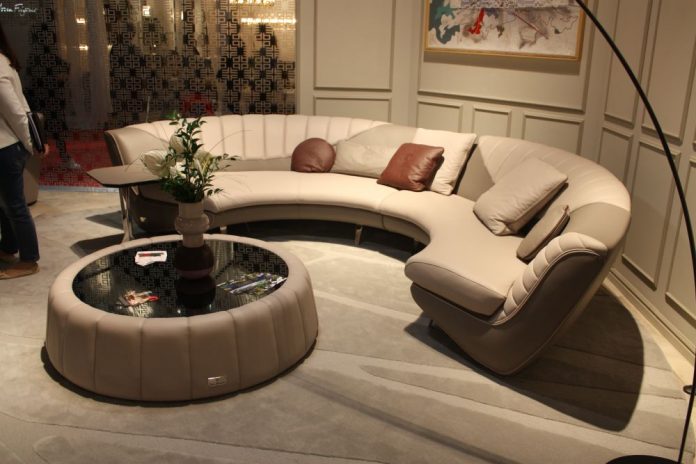If five people were to hear the words, “zen décor,” they would probably visualize five distinctly different spaces. This is because, although “Zen” originates from Japan as a type of Buddhism that emphasizes the value of meditation and intuition. While some people still maintain this concept of zen, zen can also mean something else to other people.


For some people, zen décor is all about clear, empty or open spaces. In these cases, the zen interior would likely have hidden storage and very little, if any, extraneous decoration. Clutter would, of course, be completely absent. For other people, a zen aesthetic is simply a nature-loving space that involves natural materials and earthy tones that combine to create serenity and relaxation. Still others believe that zen interiors cannot exist without either a traditional or contemporary Japanese touch.
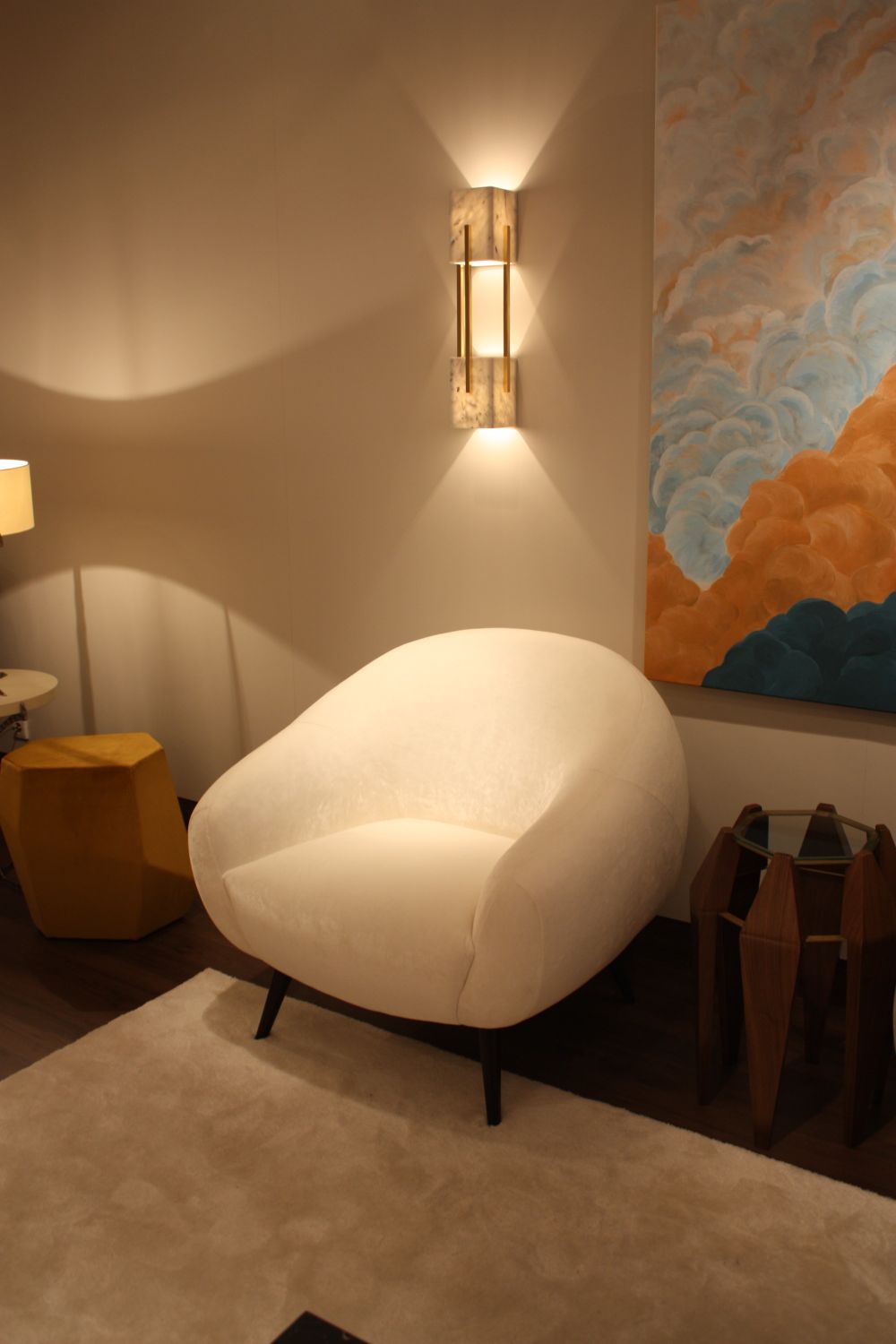
Recognizing the broad spectrum that is the internalization of zen décor, this article will present a variety of ideas on how to incorporate components of zen décor into a modern space. Ultimately, the idea is to help you create a space that is calming and grounded, renewing and balanced, without looking cliché or formal. Here are some strategies for zen decorating; feel free to use as few or as many as you want in your space.
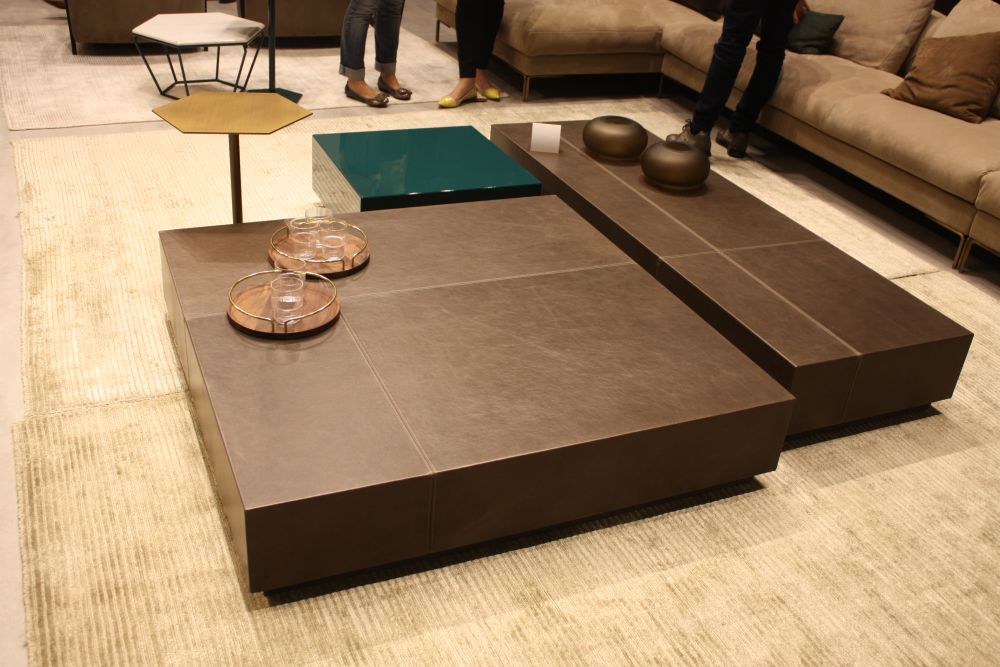
Clean, straight lines.
Because of the emphasis on simplicity in zen décor, this idea isn’t surprising. Lots of lines and curves and patterns lead to visual busy-ness, whereas keeping silhouettes and lines straightforward lends itself to a sense of aesthetic calm. Traditional Japanese interiors embrace minimalistic lines, and the concept works seamlessly with contemporary design.

Hidden or built-in storage.
Because zen décor is all about maintaining visual clarity and simplicity, it makes sense that built-in or hidden storage would be a part of this. Rather than having a bookshelf full of boxes and baskets, for example, stored items are beautifully integrated into the design of the space overall. Where the storage is concealed or is part of the clean-lined architecture itself, a clutter-free zen space is more easily achieved.
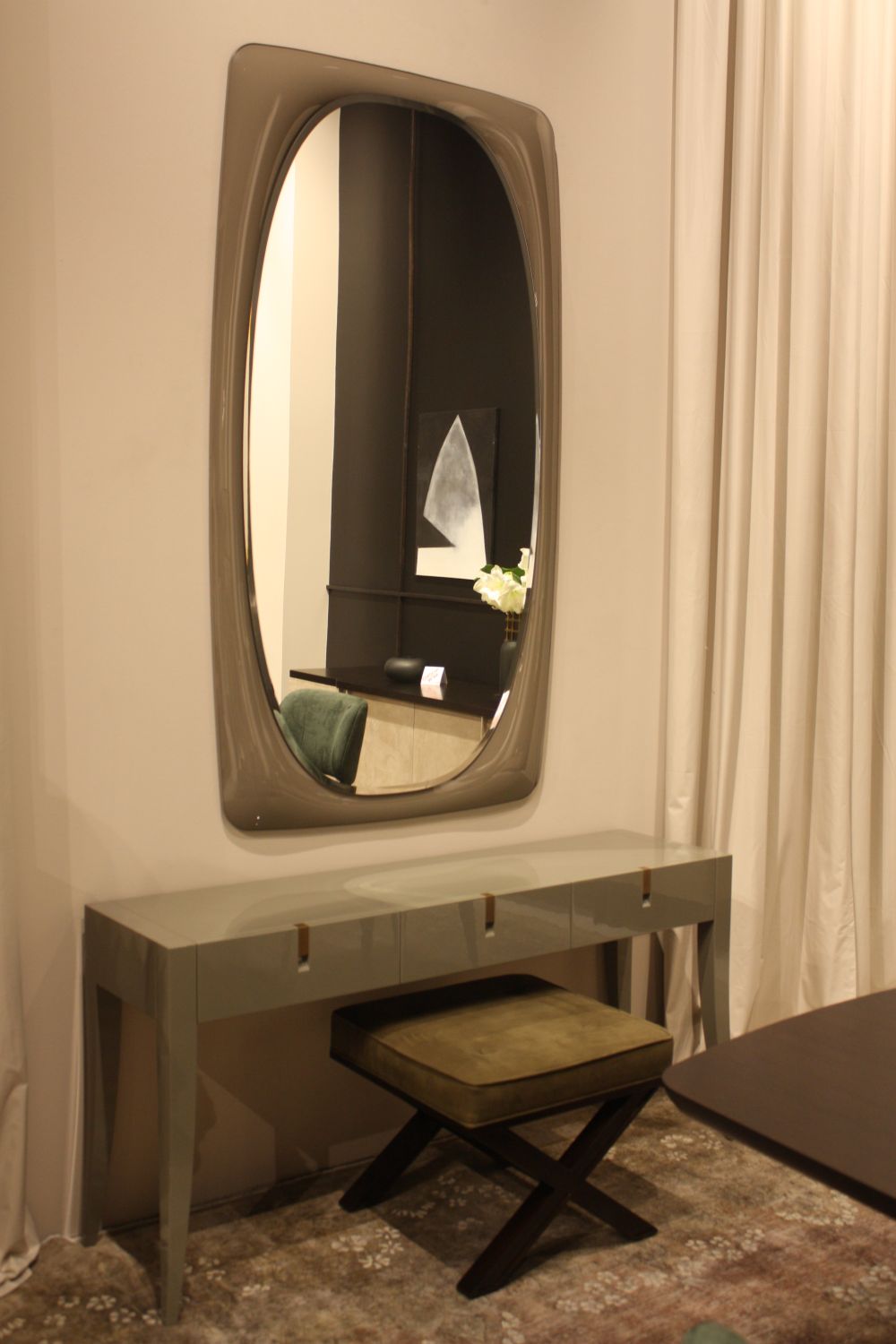
Free of clutter.
While storage is either concealed or integrated into the space’s design seamlessly, objects that are viewed as clutter are removed entirely. Stacks of magazines, mail, even decorative collections are practically nonexistent in zen décor. Instead, the horizontal surfaces are somewhere in the spectrum of well-edited to completely cleared off.
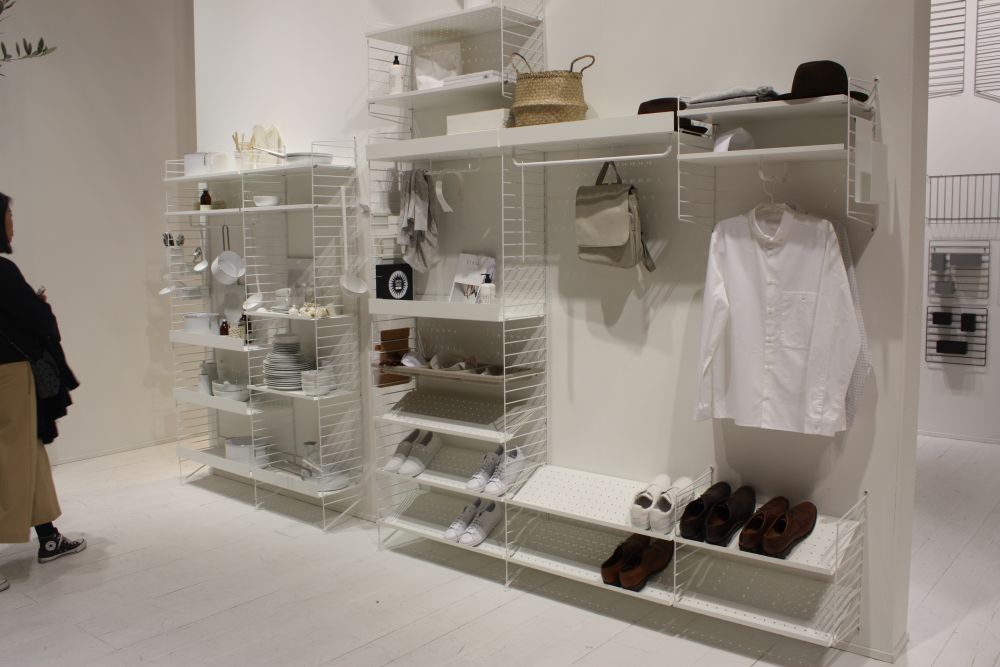
Clutter plays no role in the zen aesthetic, but simplicity does. Clutter can impede the capacity for relaxation, which is the opposite of the goal for zen décor. Of course, we still need “stuff” in our lives; it just needs to be organized and stored in such a way as to promote organization and clarity.
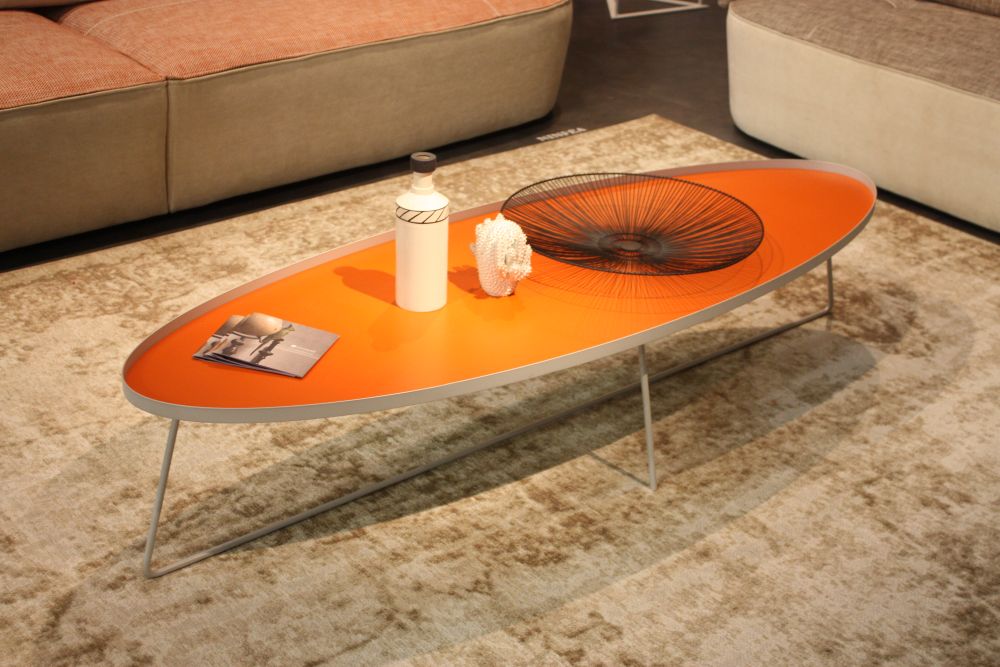
When decorative ornaments are minimally displayed, they are able to be more noticed and appreciated. A single piece of art on the wall, for example, will serve a zen space much better than a gallery of artwork. On a table or other horizontal surfaces, don’t hesitate to clear them completely, then add back only those pieces that are your favorites. (This lovely orange coffee table has zen potential but could actually be edited down even more.)
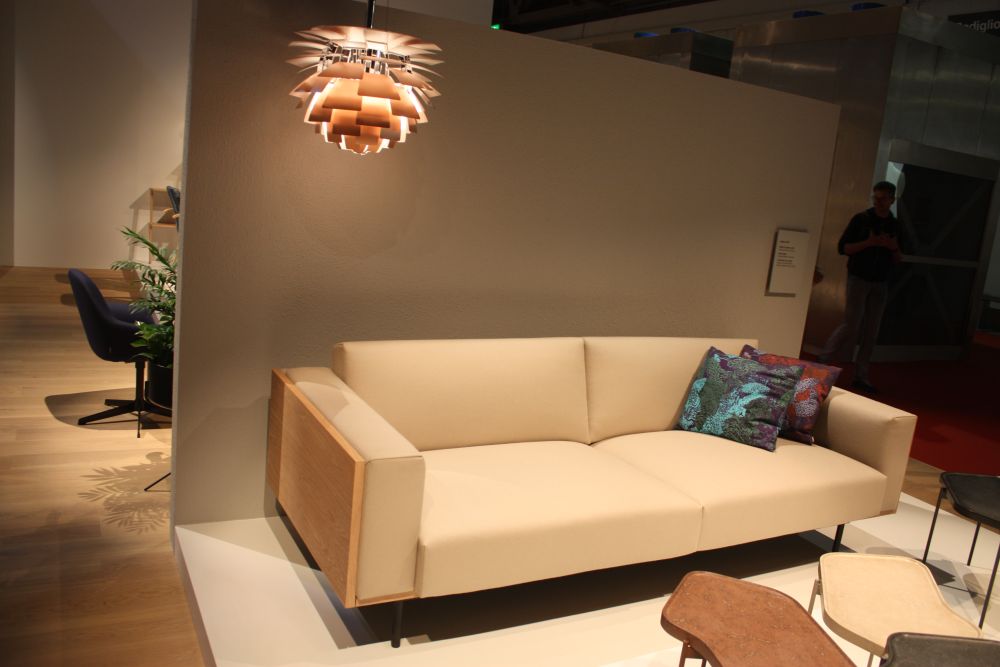
Soft and natural lighting options.
The most relaxing spaces seem to be those ripe with natural light or those with a cozier, more intimate lighting atmosphere. For this reason, fluorescent and/or harsh lighting doesn’t gel well with zen décor. It’s helpful to incorporate a variety of lighting options into the space for maximum control – perhaps some wall sconces with a floor lamp, or dimmable overhead lighting.
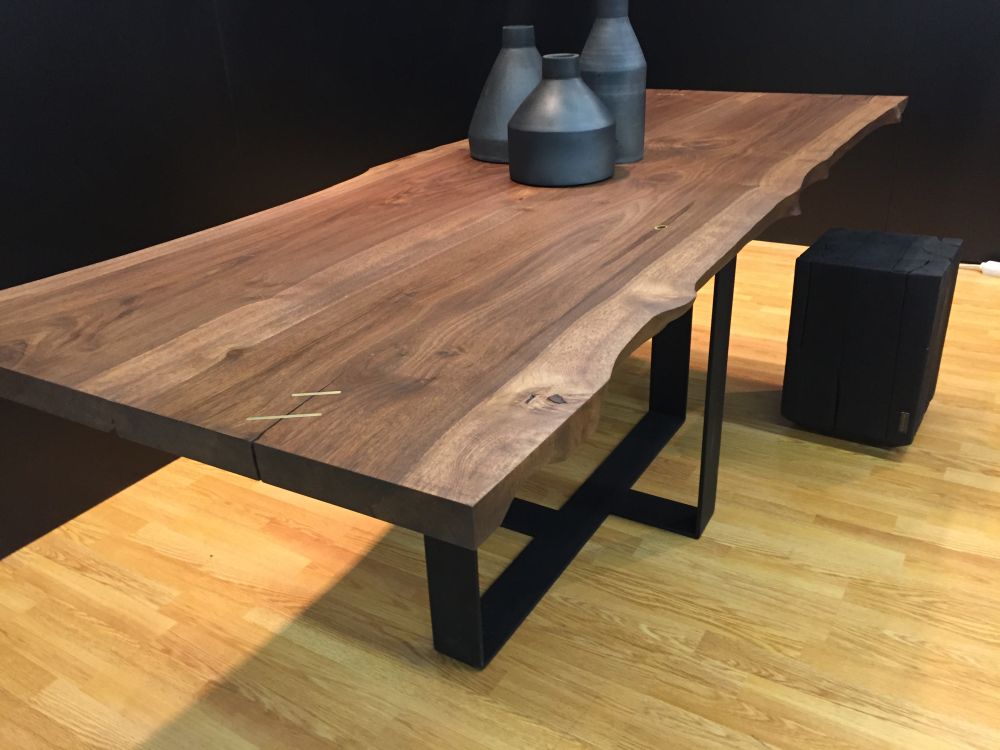
Natural, unfussy materials.
Zen spaces are beautiful in large part because of the abundance of natural materials used in the décor. Bamboo and wood are popular options for zen interiors, what with the organic flow of the grain and the earth-centered coloring.
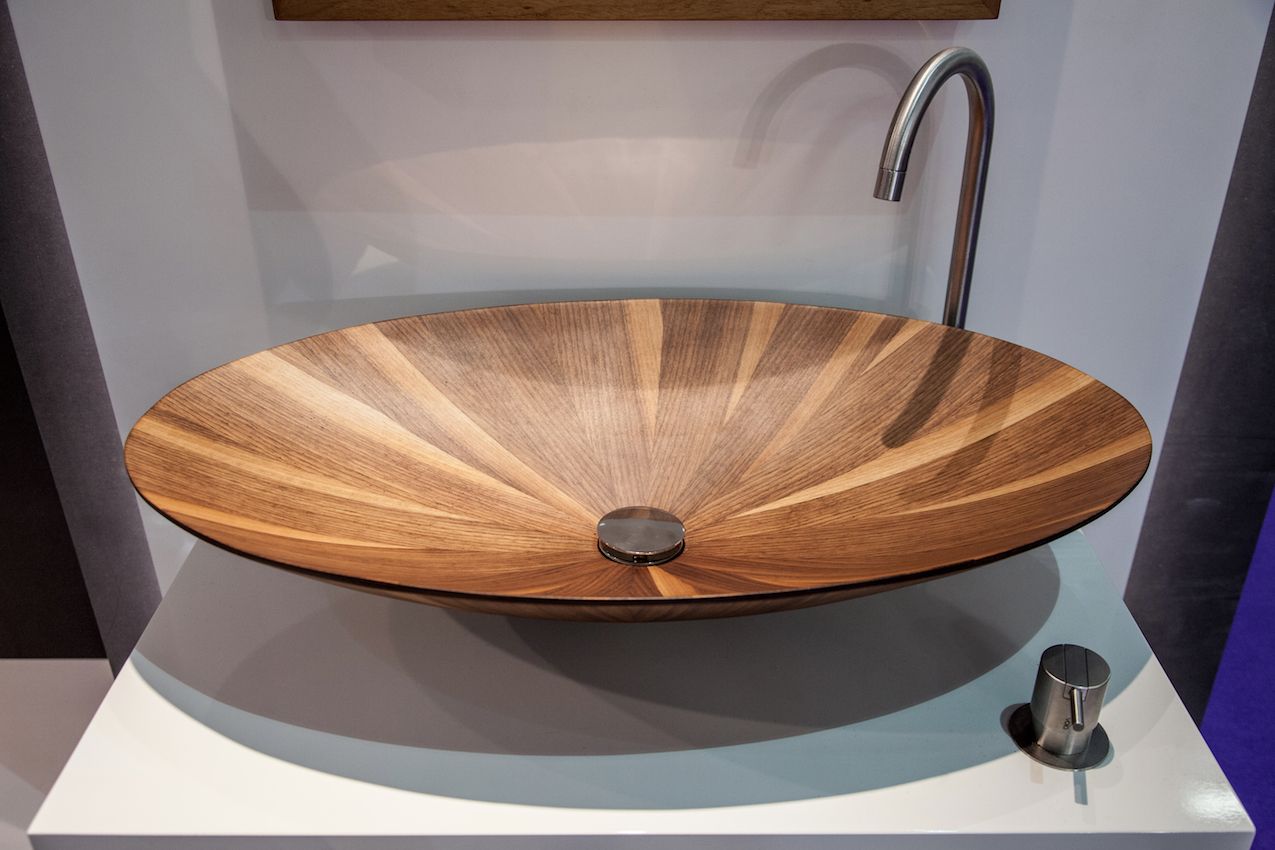
Rustic décor has become connected with raw, unfinished, almost industrial-looking distressed wood, but this isn’t always accurate. Rustic décor and zen décor actually can work beautifully together, as they both embrace the beauty that is nature in their (often non-traditional) use of organic materials.
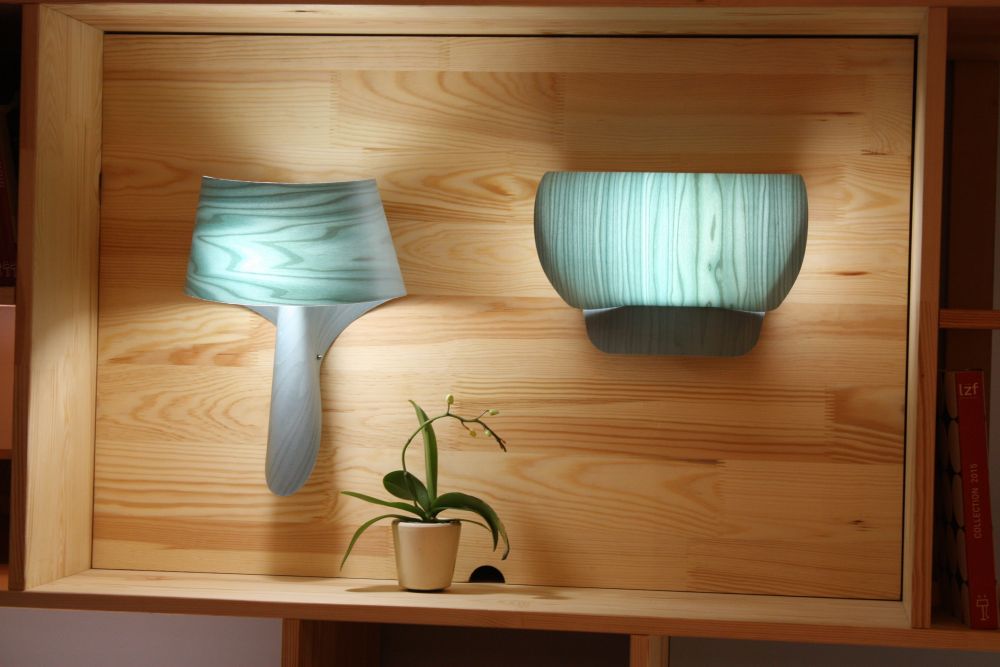
Gorgeous greenery.
Inherently, plants and greenery are soothing to people, both because of their green color (which is associated with calming effects) as well as their oxygen production. Even the smallest plant in a nondescript neutral pot has an immense effect on the peacefulness of a room.
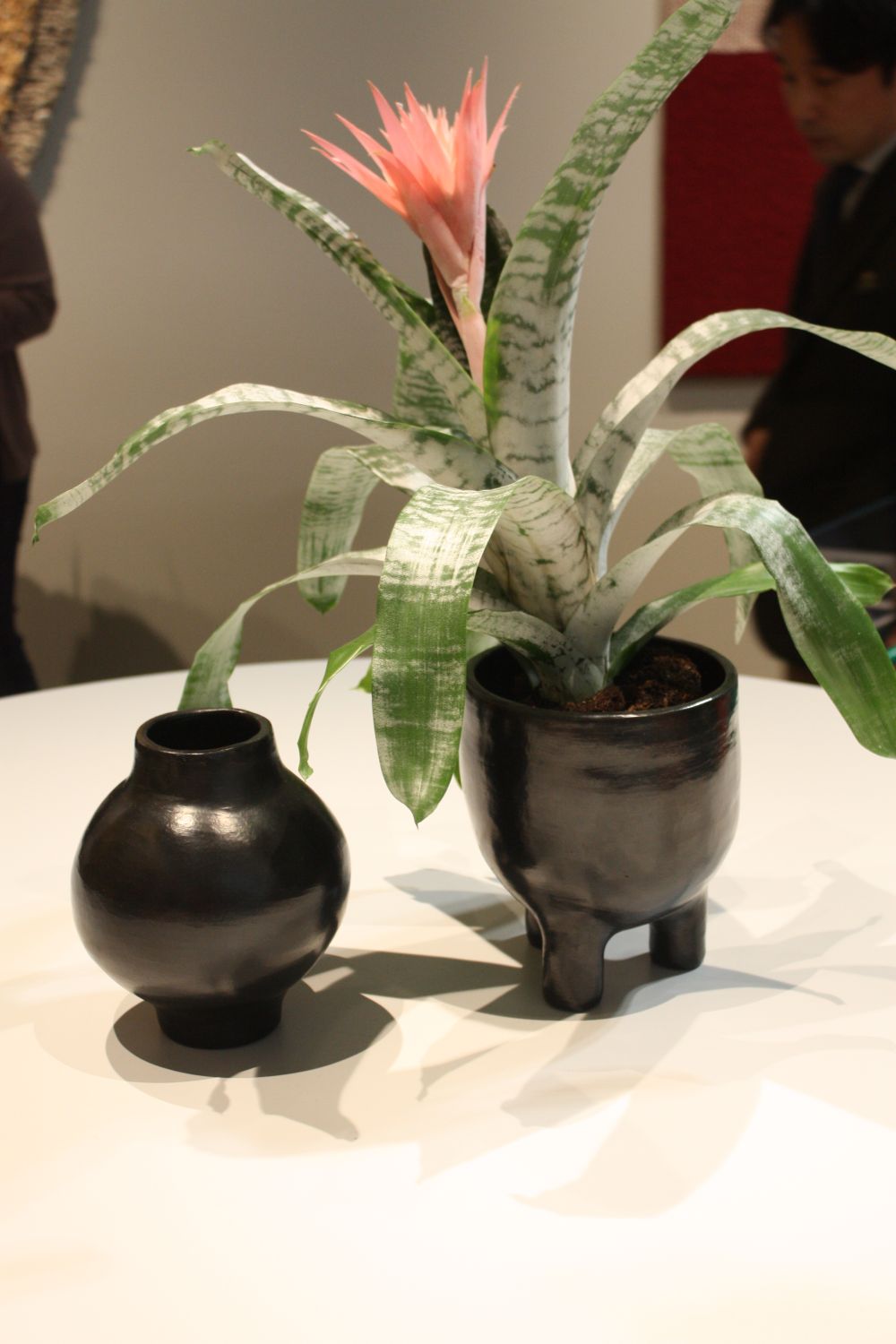
While fresh cut flowers in a vase are always a beautiful touch in an interior space, a zen space tends to lean more toward actual living greenery than cut floral. If that plant flowers, then consider that a bonus to your color-loving life.
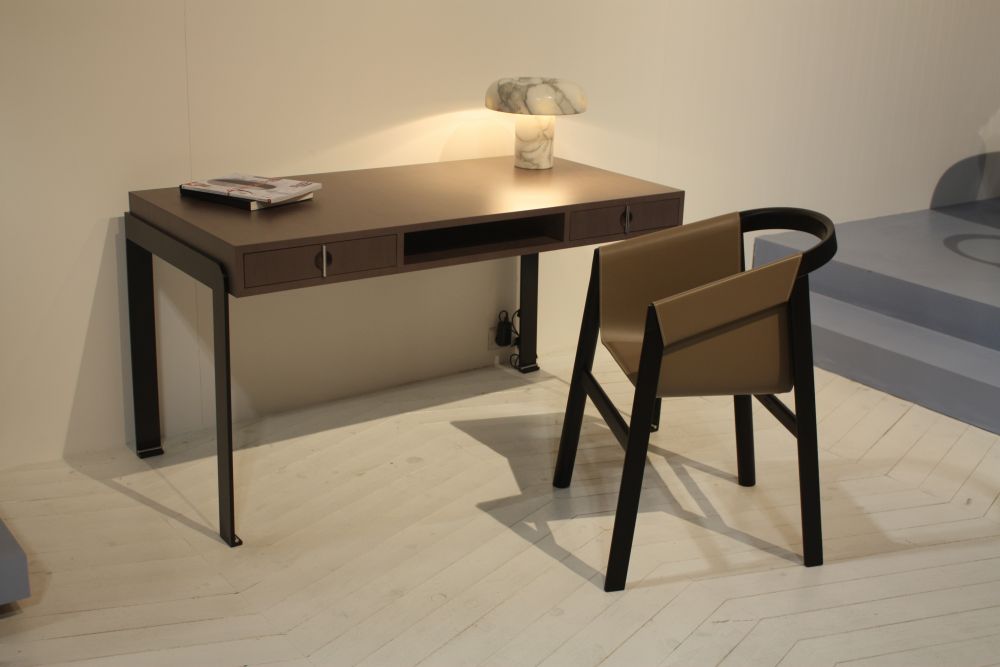
Subtle, simple quality.
Zen décor shies away from decoration with bling or extra glamour; rather, it leans toward those pieces that represent quality and long-lasting peace. There is definitely an unspoken connection to the natural world in this aspect. Zen décor doesn’t call out for attention, neither does it try too hard to impress. It simply exists in its beautiful, pared down, clean-lined state.
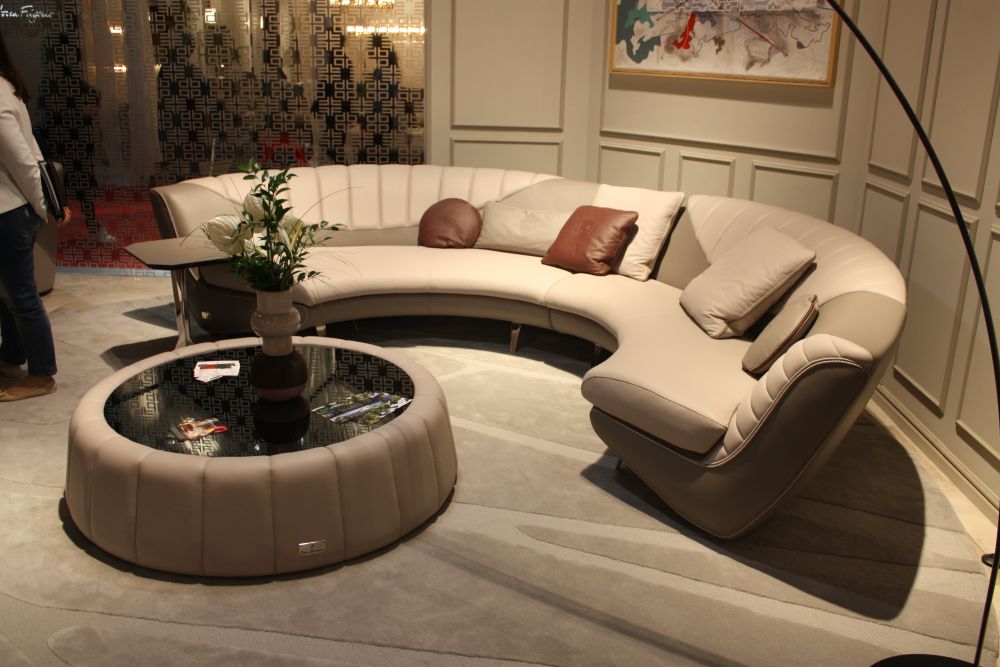
Muted earth tones.
Colors that exist in abundance in nature are among those optimal choices for a zen interior. These colors tend to be muted, or visually low impact. If there is some type of pattern within the color, it tends to be very subtle and minimal (think: wood grain).

Common natural colors used in zen décor are softened up versions of white, cream, tan, and grey. It’s important to find a harmonious balance in the space when multiple colors are used. In a monochromatic zen room, be sure to incorporate variations of the hue as well as textural differences.
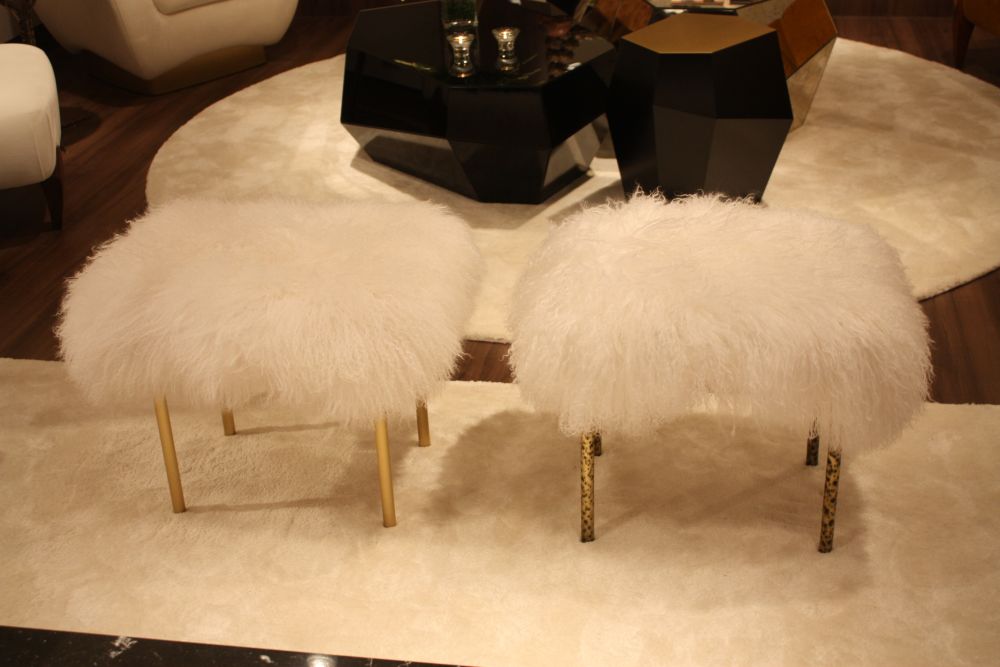
Softness underfoot.
Whether it’s in the floor covering itself (rugs) or simply places where your feet might eventually end up (ottomans), softness underfoot is always a desirable zen characteristic. It creates comfort and relaxation. Rugs bring in the most zen feel when they are made of natural fibers and either match the floor or maintain an easy neutrality (e.g., grey, khaki, cream).
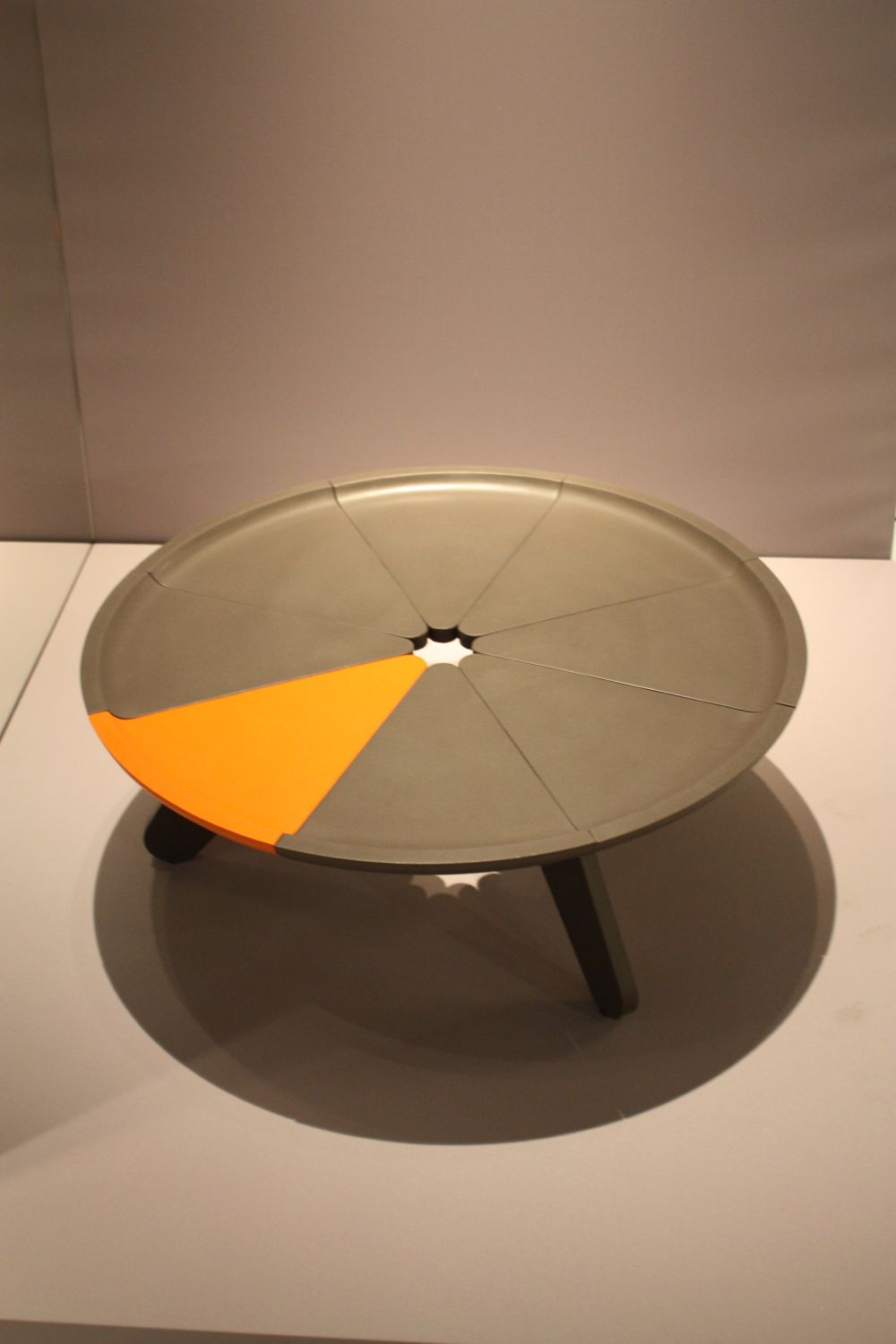
Balance.
It’s a cornerstone of good design everywhere, but particularly in zen décor, balance is critical. We sense, whether subconsciously or consciously, aesthetic imbalance, and the effect is off-putting. Weight your pieces visually and make sure each component either helps to balance another part or has an alternate balancing part for itself.
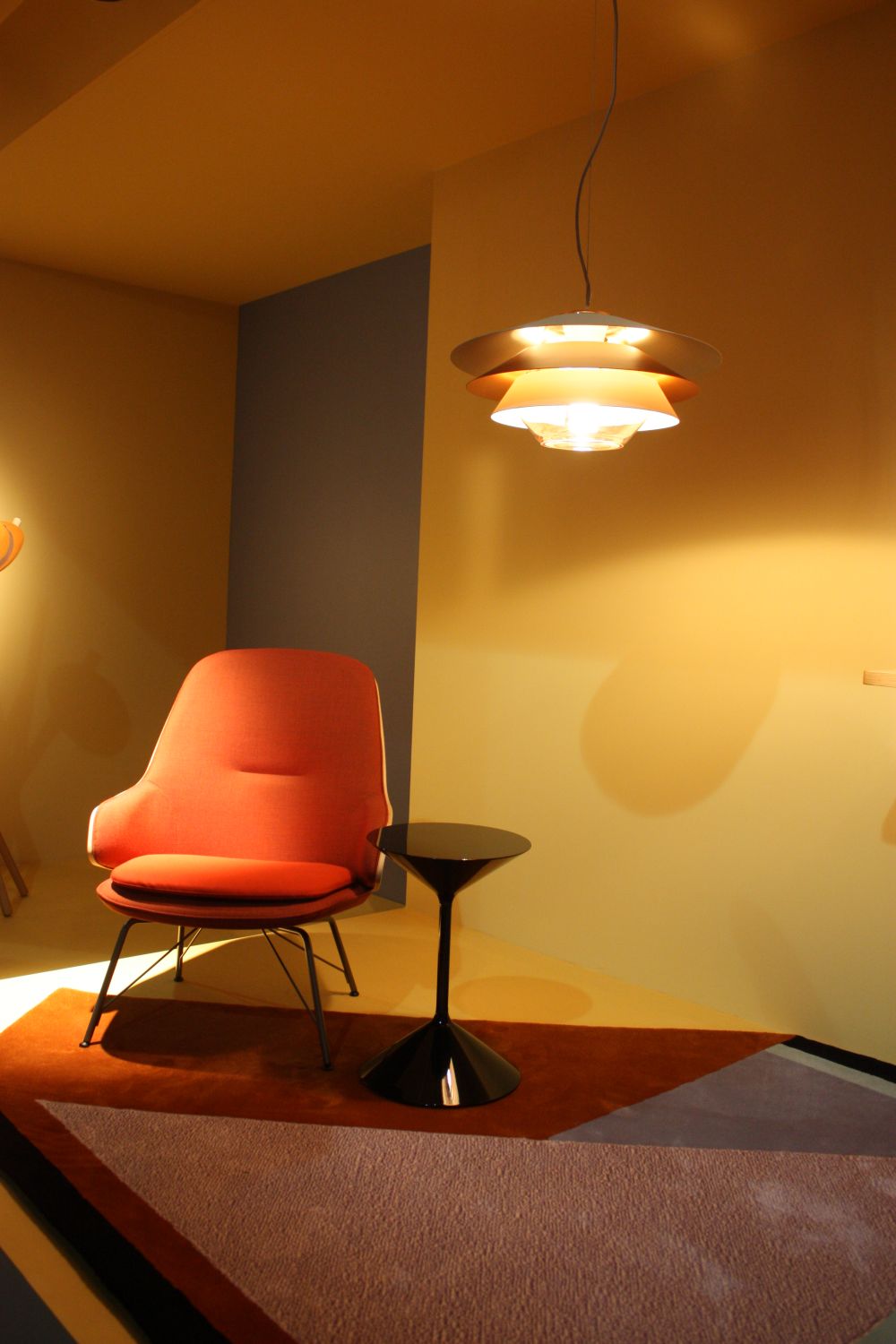
Calm and relaxation.
The zen décor overall should evoke a significant sense of calm and relaxation. In a modern way, though, this doesn’t have to be sea breeze blue and white or anything cookie-cutter like that. You can even achieve this zen serenity with a warmer color palette (usually reserved for higher energy spaces) by keeping the colors richly saturated, color blocked, and deep.
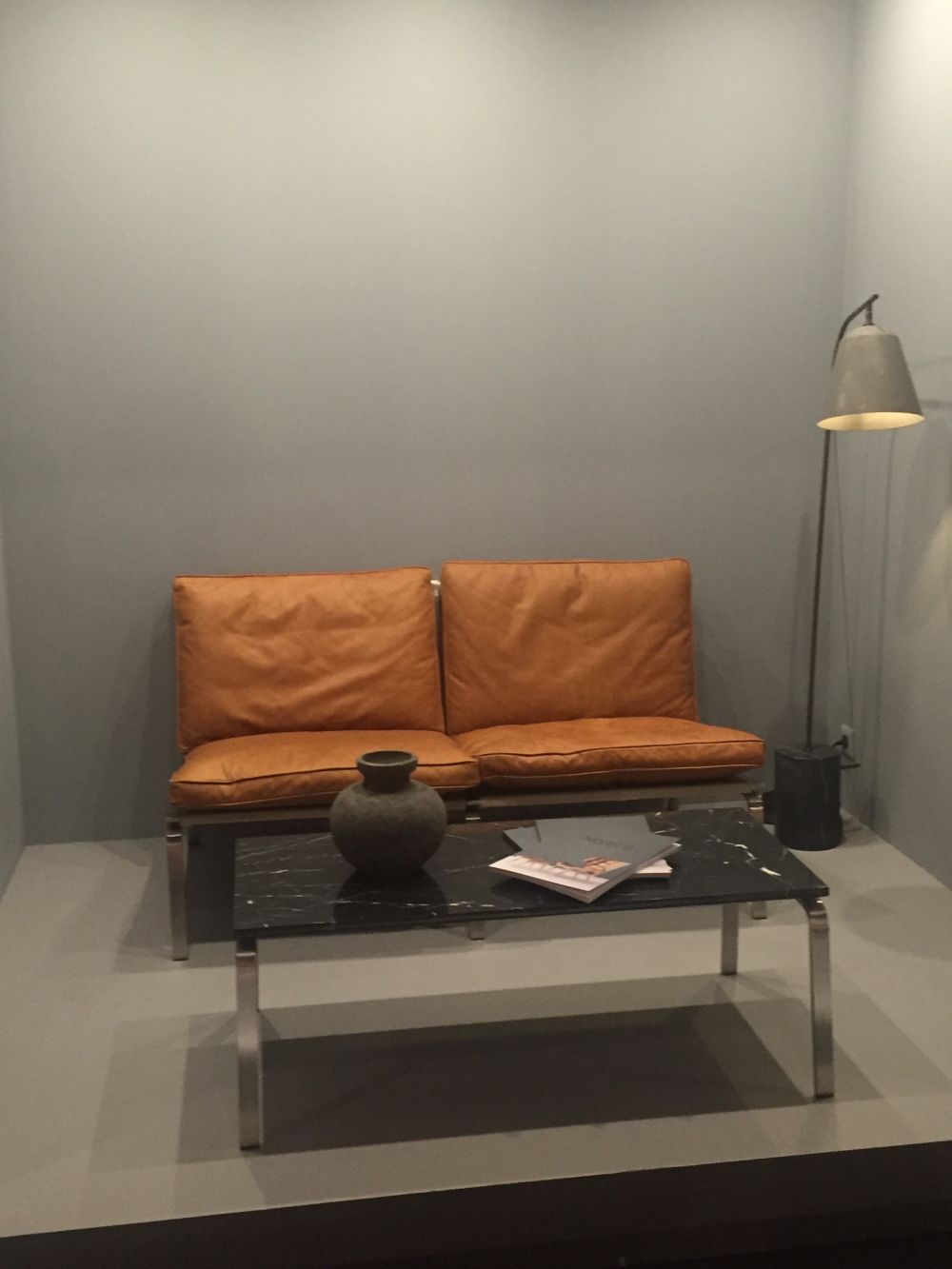
Simplistic furniture.
The philosophy is certainly quality over quantity in a zen interior, and that is often best showcased with the furnishings. Remember that we’re after clean, straight lines, natural materials, and comfort. Furniture needn’t be flashy; in fact, it shouldn’t be in zen décor. A leather armless settee, for example, is the perfect thing for a small living room.
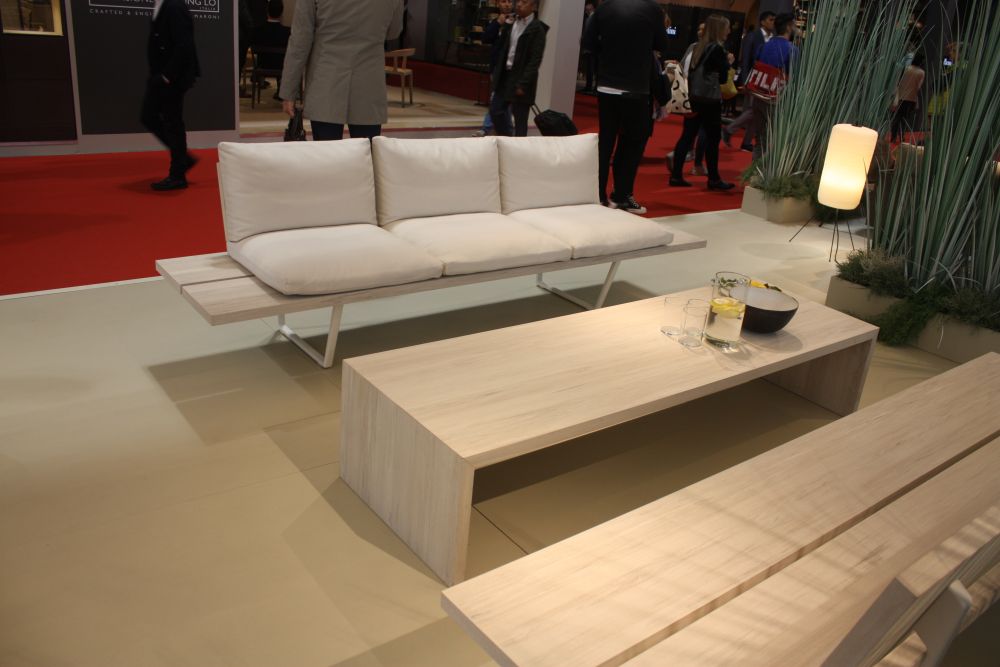
As we’ve discussed, the furnishings of a zen styled space tend to have clean, crisp lines and not a lot of (or any) excess detailing. Furniture that is made of natural materials tends to work best, although there are some clean-lined contemporary pieces made out of modern materials that could work well, too. Platform and waterfall designs are common (and beautiful) in zen décor.
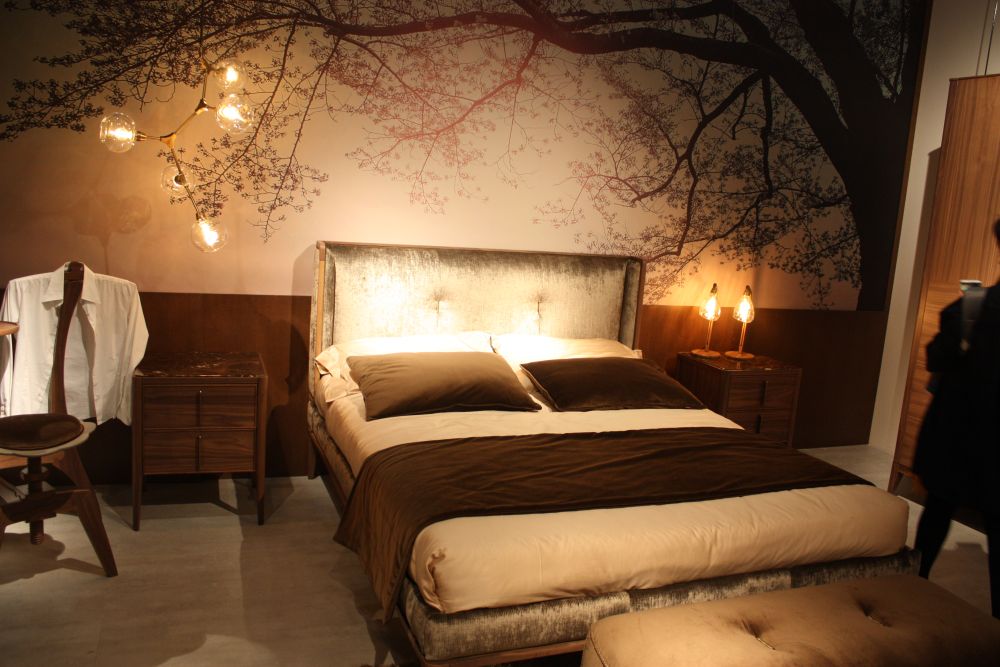
Indoor-outdoor connection.
With its love of all things natural, zen décor of course thrives in a setting where the line between indoors and outdoors is blurred. While not every space can incorporate a large glass door leading to a stocked glass greenhouse or gorgeous garden view, this concept can be introduced artificially with good effect. A tree motif on the wall, for example, makes this cozy bedroom feel organically minded.
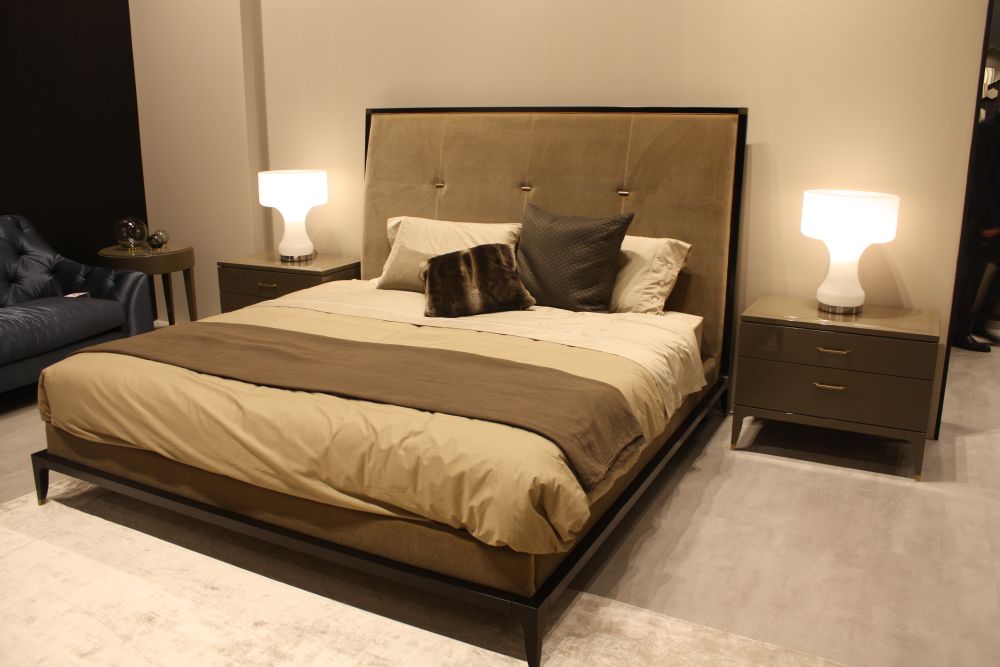
Eliminate electronics.
With all the positive, natural energy flowing throughout a zen interior, very few things are as abrasive to that positivity as electronics. Find ways to cover or camouflage the television, or eliminate it altogether. The same is true for wires and cables and cords; even your phone charger should be tucked away or designed to be part of the space itself for a truly soothing zen space.
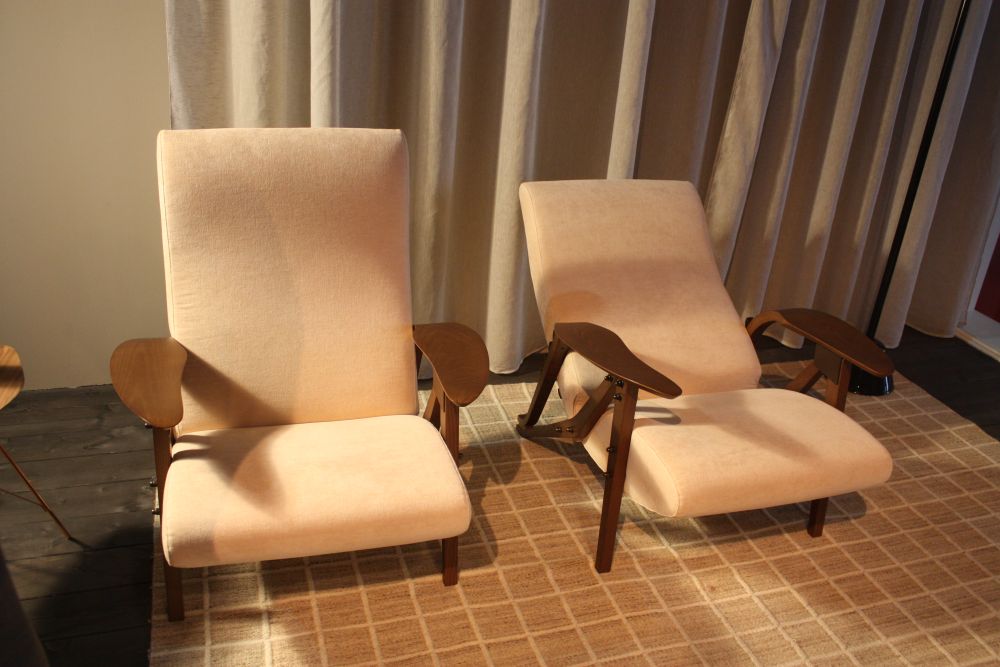
Natural, light fabrics.
It’s easy to incorporate wood and other natural materials into a space, but fabrics that lend themselves seamlessly to zen décor might feel a little more challenging. The trick is to opt for natural fabrics (e.g., cotton, wool, linen) that are light and neutral in color, perhaps with a little natural texture or weave.
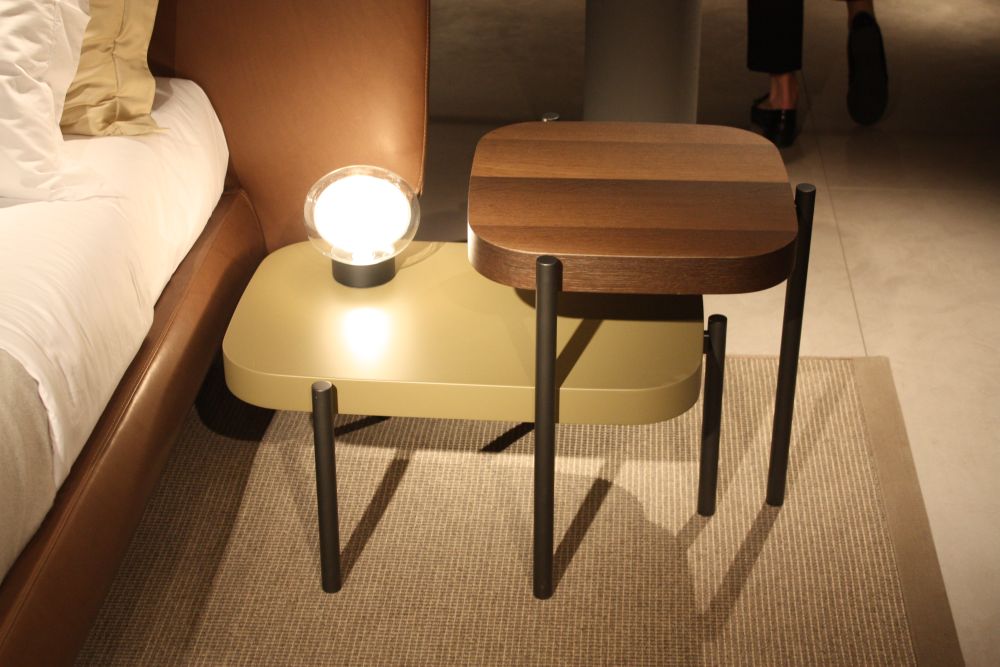
Reduced color palette.
Even if you love color (many of us do!), it might not be wise to throw that color-love into your space with an unrestrained hand. Choose for visually quieter versions of your favorite hue for a calmer and more serene zen atmosphere overall. And be sure to incorporate plenty of neutrals and nature-inspired water and earth tones.

